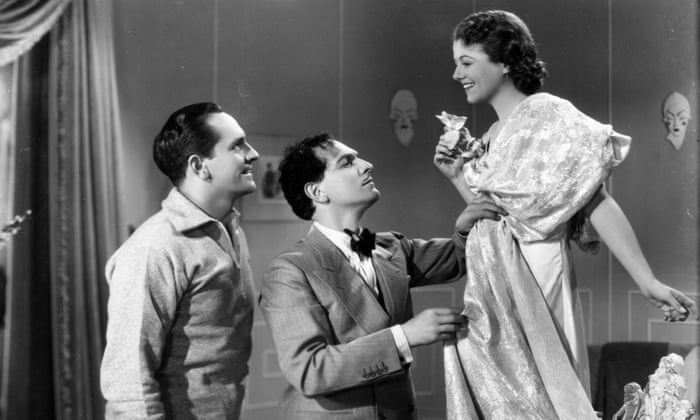

The Motion Picture Association of America (and its predecessor, the MPPDA) cooperated with censorship boards and grassroots organizations in the hope of preserving the image of a "clean" Hollywood, but the distributors of exploitation film operated outside of this system and often welcomed controversy as a form of free promotion. The organisation, which applied the Hays Code for film censorship, also disapproved of the work of Dwain Esper, the director responsible for exploitation movies such as Marihuana (1936) and Maniac (1934). The film proved popular at the box office but caused concern for the American cinema trade association, the Motion Picture Producers and Distributors of America (MPPDA). An early example, the 1933 film Ecstasy, included nude scenes featuring the Austrian actress Hedy Lamarr. Such films were first seen in their modern form in the early 1920s, but they were popularized in the 60s and 70s with the general relaxing of censorship and cinematic taboos in the U.S. History Įxploitation films often include themes such as suggestive or explicit sex, sensational violence, drug use, nudity, gore, destruction, rebellion, mayhem, and the bizarre. Exploitation films are generally low-quality " B movies", though some set trends, attract critical attention, become historically important, and even gain a cult following. Poster for the silent exploitation film The Road to Ruin (1928)Īn exploitation film is a film that tries to succeed financially by exploiting current trends, niche genres, or lurid content. ( April 2021) ( Learn how and when to remove this template message) Please help to improve this article by introducing more precise citations.


This article includes a list of general references, but it lacks sufficient corresponding inline citations.


 0 kommentar(er)
0 kommentar(er)
